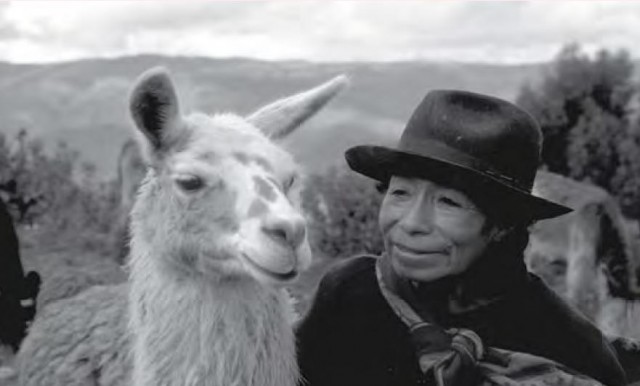Living high
The higher above sea level you are, the lower the air pressure will be. On the summit of Everest, it drops to around 350 millibar, about a third of the pressure at sea level. In Rangdum in Ladakh, northern India, one of the highest places on Earth inhabited by humans, the average air pressure is about 60 percent of that at sea level.
The reduced air pressure at high altitudes means it is harder to get enough oxygen into your blood in the form of oxy haemoglobin, the chemical that carries it round the body for your organs to use. No one can survive for long on Everest without an artificial oxygen supply. But much as people can adapt to living in a cold or warm climate, they can also alter over generations to cope with altitude. Of course, the Earth's high places are also pretty chilly, and people in the Himalayas have had to adapt to both altitude and cold.
Tests on people in Tibet, the Andes and Ethiopia show that they make more oxyhaemoglobin than people from sea level. But these three groups, totalling about 25 million people, have adapted their physiologies in different ways to achieve the same effect. People in the Andes are often said to be noticeably red-cheeked because of their high blood flow. They also have bigger lungs than people from sea level. Llamas, which also live in the high Andes, are similarly gifted by comparison to related species that live nearer sea level. In addition to being at a lower pressure, the air at high altitudes also has less water vapour. This means that people there are likely to dehydrate faster. Here such cultural adaptations as keeping your mouth closed come in handy. There is also more solar radiation at altitude and people there tend to have slightly less sensitive vision than those at sea level.
